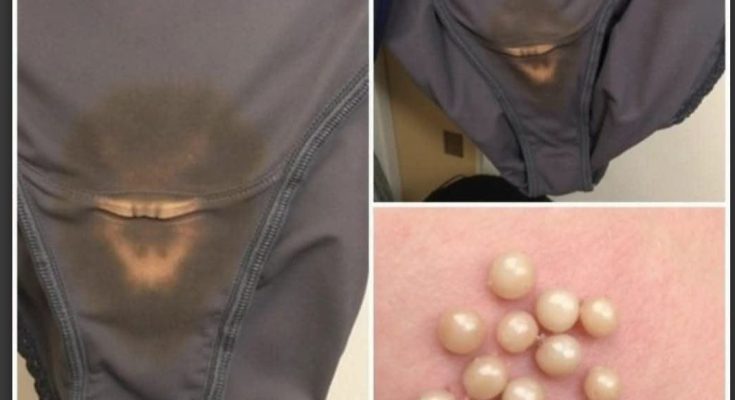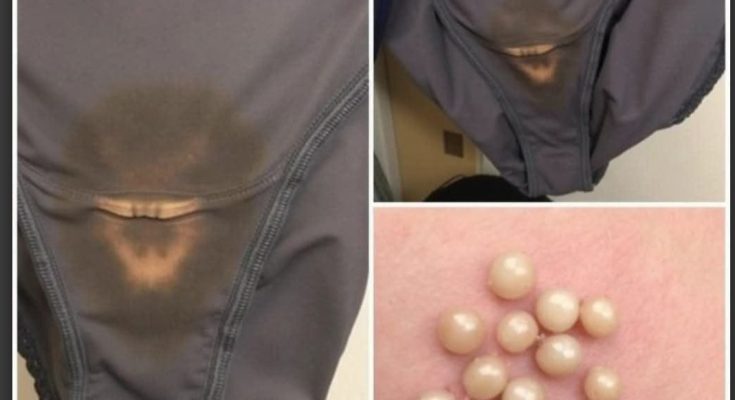Warning Signs: If You Notice These Strange Lines on Your Nails, It Could Indicate Serious Health Issues
Your nails are more than just a cosmetic feature—they can serve as a powerful window into your overall health. Often overlooked, subtle changes in the nails can be among the first warning signs of underlying medical conditions. While some alterations may be harmless, others could hint at serious illnesses that require immediate attention.
The Importance of Paying Attention to Your Nails
Early recognition of changes in the nails can be crucial. Many people dismiss minor differences in texture, color, or shape as normal wear and tear. However, medical experts emphasize that certain patterns, especially unusual lines or discolorations, should not be ignored. Recognizing these signs early could make a major difference in diagnosis and treatment outcomes.
What Types of Lines Should You Be Concerned About?
While minor ridges or faint vertical lines on nails can be normal, certain distinct types of lines warrant closer inspection:
1. Dark Vertical Lines (Melanonychia)
-
A dark stripe running vertically along the nail could signal subungual melanoma, a dangerous and aggressive form of skin cancer.
-
These lines often appear brown or black and may widen over time.
-
Unlike minor nail injuries, melanonychia typically persists and can spread to surrounding skin.
2. White Horizontal Lines (Muehrcke’s Lines)
-
White lines that run horizontally across the nail bed without ridging could indicate serious health concerns like low protein levels or kidney disease.
-
These lines do not move as the nail grows, distinguishing them from injury-related marks.
3. Red or Brown Streaks (Splinter Hemorrhages)
-
Thin, splinter-like lines under the nails could suggest small blood clots or trauma.
-
In some cases, they are linked to bacterial endocarditis, an infection of the heart’s inner lining.
-
If these streaks appear without an obvious cause like injury, seek medical evaluation.
4. Deep Grooves or Indentations (Beau’s Lines)
-
Beau’s lines are deep horizontal indentations across the nail plate.
-
They often indicate a disruption in nail growth caused by high fever, malnutrition, chemotherapy, or serious systemic illness.
-
Multiple nails affected simultaneously can suggest a more widespread health issue.
The ABCDEF Rule for Nail Melanoma
Just as the ABCDE rule is vital for spotting skin cancer, a modified version—ABCDEF—can help detect early signs of nail melanoma:
-
A – Age: Most common in people between 20 and 90 years old, with higher risk in African, Asian, and Native American populations.
-
B – Band: A brown-black band that is wider than 3mm with irregular borders.
-
C – Change: Noticing changes in the size or appearance of the pigmented band.
-
D – Digit: More common on the thumb, big toe, or index finger.
-
E – Extension: Pigment spreading into the skin around the nail (Hutchinson’s sign).
-
F – Family History: A family history of melanoma increases risk.
Risk Factors for Nail Changes
Several factors may increase the risk of serious nail abnormalities:
-
Chronic Illnesses: Conditions like diabetes, kidney disease, or heart problems can affect nail health.
-
Immune System Suppression: Those undergoing chemotherapy or organ transplants are at increased risk.
-
Injuries: Frequent trauma to the nails, such as from sports or tight shoes, can sometimes mask more serious issues.
-
Ethnicity: Dark-skinned individuals may naturally develop nail pigmentation, but rapid changes should still be checked.
What to Do If You Notice Concerning Nail Changes
If you observe unusual lines, streaks, or indentations on your nails, it’s essential to act without delay:
-
Consult a Dermatologist or Physician: Only a healthcare provider can accurately diagnose the cause. They may recommend a biopsy or other diagnostic tests.
-
Avoid Ignoring the Signs: Waiting too long can allow serious conditions to progress unnoticed.
-
Document Changes: Take clear photos over time to monitor any evolution, especially if you’re awaiting a medical appointment.
-
Maintain Good Nail Hygiene: Keep nails clean and dry, avoid harsh chemicals, and protect them from trauma.
Conclusion
Your nails are not just decorative—they’re diagnostic tools that can reveal a lot about your health. Paying close attention to new lines, color changes, or distortions can help catch serious health issues early. Remember: it’s always better to be cautious. If you notice any strange changes in your nails, consult a healthcare professional promptly. Early intervention can make all the difference when it comes to protecting your health and well-being.




